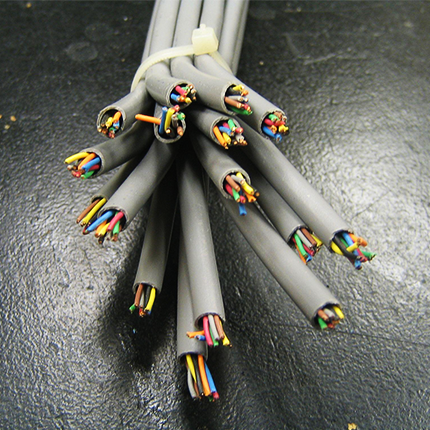Hi all, I’m looking to upgrade my router from the default one that came from my ISP.
I don’t need anything super fancy, just something with 4+ lan ports (1gbps is ok, 2.5gbps would be nicer), 1 WAN Port, Wifi-6 (802.11ax), and the ability to have an isolated IoT network (using a vlan for this would be nice).
Any suggestions? I’d like to keep the price down if possible. This is just for my home network.
I use an Asus 86RU running Asus-Merlin. It ticks all of your boxes.
Same exact setup here. Love it so far and extremely stable.
I use OPNsense on a reasonably cheap mini-PC with 6 ethernet ports that I bought from AliExpress. You can do a lot with OPNsense. For wifi I could have added a wireless card, but to avoid any potential driver issues instead I just plug in a wireless router set to Access Point mode.
How much this kind of setup costs depends on what kind of hardware you buy. If you stick to the minimum spec for OPNsense and buy a cheap wifi card or a used wifi router from eBay, you won’t need to spend too much.
Have you ever used PFSense? How do you find it compares to Opnsense, and - for anyone with experience - how hard would it be to migrate from one to the other these days?
I haven’t used PFSense, I’m afraid. There’s a fairly recent comparison here:
https://homenetworkguy.com/review/detailed-comparison-between-opnsense-and-pfsense/
I have a TP Link Archer C7 that has been working great for me.
I have the same, but just as another data point: mine regularly locks up and needs to be reset… Maybe made worse by big data transfers. Are you running stock firmware or OpenWRT or something?
Stock firmware 1.2.1. I set it to reboot every week and haven’t had any issues with it.
Ah, maybe I need to do the auto reboot too. Thanks.
I had a Netgear nighthawk r7800 with ddwrt, which finally crapped out. I went with the TP-link Deco Mesh router as a replacement, and so far it’s working better than the ddwrt router. There are versions with Wi-Fi 6, but i went with the “3 stations for ~$120” and haven’t had any problems with speed, since tht bottlenecks are usually external/cable modem related anyway.
My biggest selling point for the tp-link, it’s much easier to set a local dns, with a fallback to 1.1.1.1, something i could never get to work on ddwrt. So whenever my Jellyfin transcodes bring the Pihole to a screeching halt, it will at least fallback to external dns and not take the whole network with it.
I can also have a base module Ethernet connected to my pc in the office, another hooked up to the cable modem and zimaboard in the livingroom, and eventually, a raspi with a couple of low resource containers (pihole, home assistant, nginx). My goal is to hardwire as many things as i can for speed/signal noise purposes.
GL-Inet AX1800
OpenWRT, accessible via the advanced (LUCI) interface. You can define a bunch of SSID’s including guest networks and/or bind them to VLAN’s
Could always whitebox it with Debian, nftables, dnsmasq, hostapd, etc. on an old mini PC if it has two NICs…
Or run x86 OpenWRT of you want a nice UI. Works wonderfully. It lacks A/B boot but it’s fairly easy to implement on your own
You could go pfsense and add a wireless card.
How much wifi and open-source do you really want?
If you are willing to go with commercial hardware + open source firmware (OpenWRT) you might want to check the table of hardware of OpenWrt at https://openwrt.org/toh/views/toh_available_16128_ax-wifi and https://openwrt.org/toh/views/toh_available_864_ac-wifi. One solid pick for the future might be the Netgear WAX2* line. One of those models is now fully supported the others are on the way. If you don’t mind having older wifi a Netgear R7800 is solid.
If you want full open-source hardware and software you need a more exotic brand like this https://www.banana-pi.org/en/bananapi-router/.
Both solutions will lead to OpenWRT when it comes to software, it is better than any commercial firmware but there’s a catch about open-source wifi. The best performing wifi chips are Broadcom and those don’t usually see open-source software support**. MediaTek is the open-source alternative and while they work fine they can’t, unfortunately, beat Broadcom. As most hardware is Broadcom they have hacks that go behind the published wifi standards and get it go a few megabytes/second faster and/or improve the range a bit.
** DD-WRT is another “open-source” firmware that has a specific agreement with Broadcom to allow them to use their proprietary drivers and distribute them as blob with their firmware. While it works don’t expect compatibility with newer hardware nor a bug free solution like OpenWRT is.
Furthermore depending on your ISP you might be able to simply add a small ARM box attached to it and use ir for DHCP, VPN, DNS resolver etc. and you could still use the ISP router as gateway / firewall / switch / wifi.




